Infra support to increase bent towards IoT
By Edit Team | April 16, 2019 10:06 am SHARE
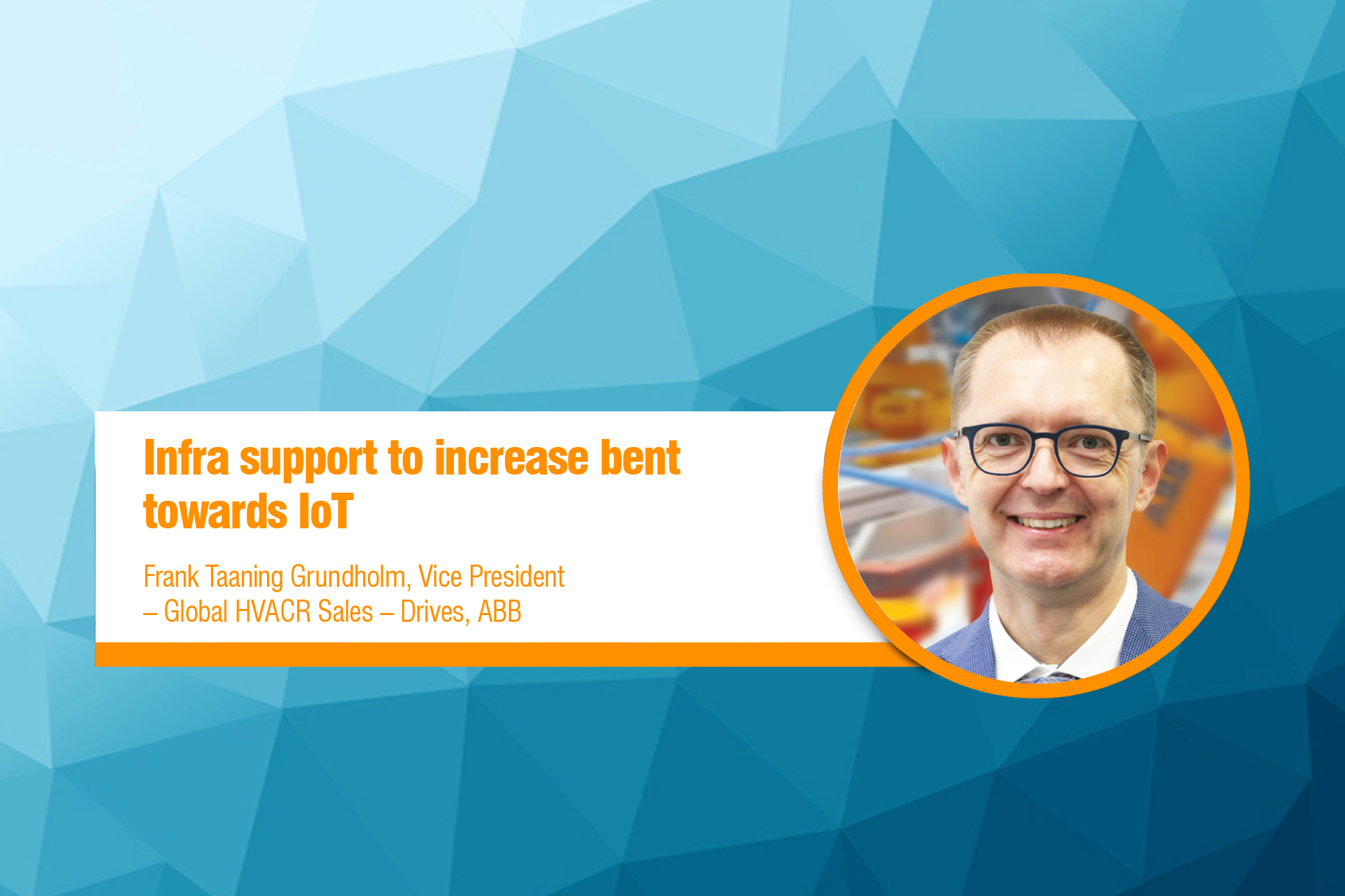
With Indian market gaining greater maturity, installations have become more professional. Considering a building’s load profile based on its actual location is essential while selecting HVAC solutions, says Frank Taaning Grundholm, Vice President –Global HVACR Sales – Drives, ABB.
How safe is handling data in cloud system?
Well, it’s a lot of data. Considering the data is being shared outside the building, there are concerns about security. But, we base our systems on Microsoft Azure — a global platform that is safe too. So, we have partnered with Hewlett Packard Enterprise and Microsoft to secure the backend, and then build front-end layer towards customers to integrate easily and seamlessly with the ABB product range.
Please talk about your latest offerings in HVAC.
Most of the manufacturers have a low-tier, micro-drive offering and a premium offering, which might create confusion for the customer as interfaces are not similar. So, you have to learn two different drives even though it’s from the same manufacturer. However, we’ve create done holistic offering where specific parts of the hardware have been reduced to cut cost, and have created the same kind of interface with the same functionalities as the rest of our HVAC&R platform. So, we can interface with the legacy RS-485-based systems, BACnetMS/TP, and Ethernet-based systems.
What measures can enhance productivity and efficiency in HVAC systems?
Today, a lot of customers are setting out requirements for efficiency, which is good. High-efficiency products are necessary in the market. Unfortunately, these efficiency requirements are set at full load, however, most of the traditional HVAC systems at 80 per cent loador less 99 per cent of the time. But, no body specifies the efficiency at part load. So, we’re working towards improving specifications to achieve energy savings that customers expect. When the part load efficiency is significantly lower, you will never realise the savings that you had calculated. Hence, looking at load profile of the building based on its actual location is crucial when selecting solutions. Locally relevant profile is what we are looking at, and then calculate energy usage at relevant load points, making solutions comparable.
However, some solutions when run at part load do not give full efficiency owing to motor design and motor controls. We spend a lot of research in ensuring high efficiency operation of our motors and drives even at part load. With a relatively flat efficiency curve and usage of high quality components, price comparison doesn’t fit at an initial cost perspective. However, if you look at the building’s lifecycle and sustainability, it is relevant. Some of the new standards are also looking at motor efficiency when operated on variable speed.
With increasing pollution, quality of air is now a major consideration and traditional HVAC systems were focused on air cooling as against purifying? What’s your view on this?
While ventilating the building, there will be pollution inside if it is present outside.
And, if the building is not ventilated, there will still be CO2 pollution. While ventilation is not needed, applying relevant filtering is essential so as to prevent particles from entering the building. That also raises the need for more automation because we need to monitor the filters from getting clogged up and get them replaced at the right time.
Most people put up a schedule but the filter doesn’t get clogged up if the air is clean. And, if you still exchange the filter based on the schedule, you’re wasting resources despite energy saving. For this reason, we’re looking at optimising energy consumption as well as material usage.
In what ways do you optimise the functioning of refrigerator or cold storage?
In cold storage, you need to consider the whole system to optimise it while in a refrigerator, if you start controlling the condenser, it will affect the compressor, which also impacts the evaporator. So, a system approach and right balance are needed between how the compressor, condenser and evaporator are controlled. In case of a massive cold storage, monitor how full the storage room actually is to get energy saving easily. You could monitor the cold store and fill it from the back towards the front. That’s way, you control how far you throw the cold air, which is an opportunity for saving. But, of course, more capacity control is needed on compressor side where it`s necessary to create a balance be tween the speeds on the compressor relative to staging it on/off. If you stage off a compressor, it uses no energy. But, sometimes, running two compressors at part load is more efficient than running one compressor at full load and another at part load, which requires monitoring of the staging points and optimisation.
What are your offerings for Indian and global market?
As the Indian market has matured, installations have also become more professional by following industry guidelines. Now, we’re also seeing a much higher maturity on digitalisation. In fact, some OEMs we interacted with recently want to learn more about individual components of the system, so that they can advise customers in advance before things fail. We have service people to help when the units need service. Since distances and transportation time are an issue in India, we need to be able to predict failure be fore it happens, so that we can assign people to be available on site when there’s an issue.
When it comes to implementing IIoT, where does India stand?
Lot of investments are being made on infrastructure in India, and data centres are being built to support the same. So, I think we’re seeing an acceleration of IIoT implementation here. Even in Europe infrastructure investments are not being made to the same level. India is expected to surpass some of the European countries in terms of IoT in the next couple of years, owing to infrastructure support.
What’s your view on incentive programmes for HVAC industry?
In all countries where government starts initiating incentive programmes, it does increase the investments in energy savings. We’ve seen government providing incentives for solar, which ofcourse helps fuel the economy around solar in India. Similarly, in other industries, incentive programmes will have the same effect. However, rules should be in place as to how things need to be done.
What needs to be done to mend India’s penchant for choosing least efficient product with lesser price?
Ofcourse, it’s partly on us, as a manufacturer, to communicate to the OEMs what the added value is and how we can help them save cost. Sometimes, we see drives, even premium drives, being installed, which have lot of capabilities, but they’re used as a simple speed actuator. Then right next to it there is a PLC, which actually runs the machine. But, the “brains” of the drive could actually have done everything that the PLC does. So, it’s also a matter of trying to work with the manufacturers to see how we can leverage the full capabilities of the components they already have.
India is expected to surpass some of the European countries in terms of IoT in the next couple of years.
Frank Taaning Grundholm, Vice President – Global HVACR Sales – Drives, ABB
Cookie Consent
We use cookies to personalize your experience. By continuing to visit this website you agree to our Terms & Conditions, Privacy Policy and Cookie Policy.



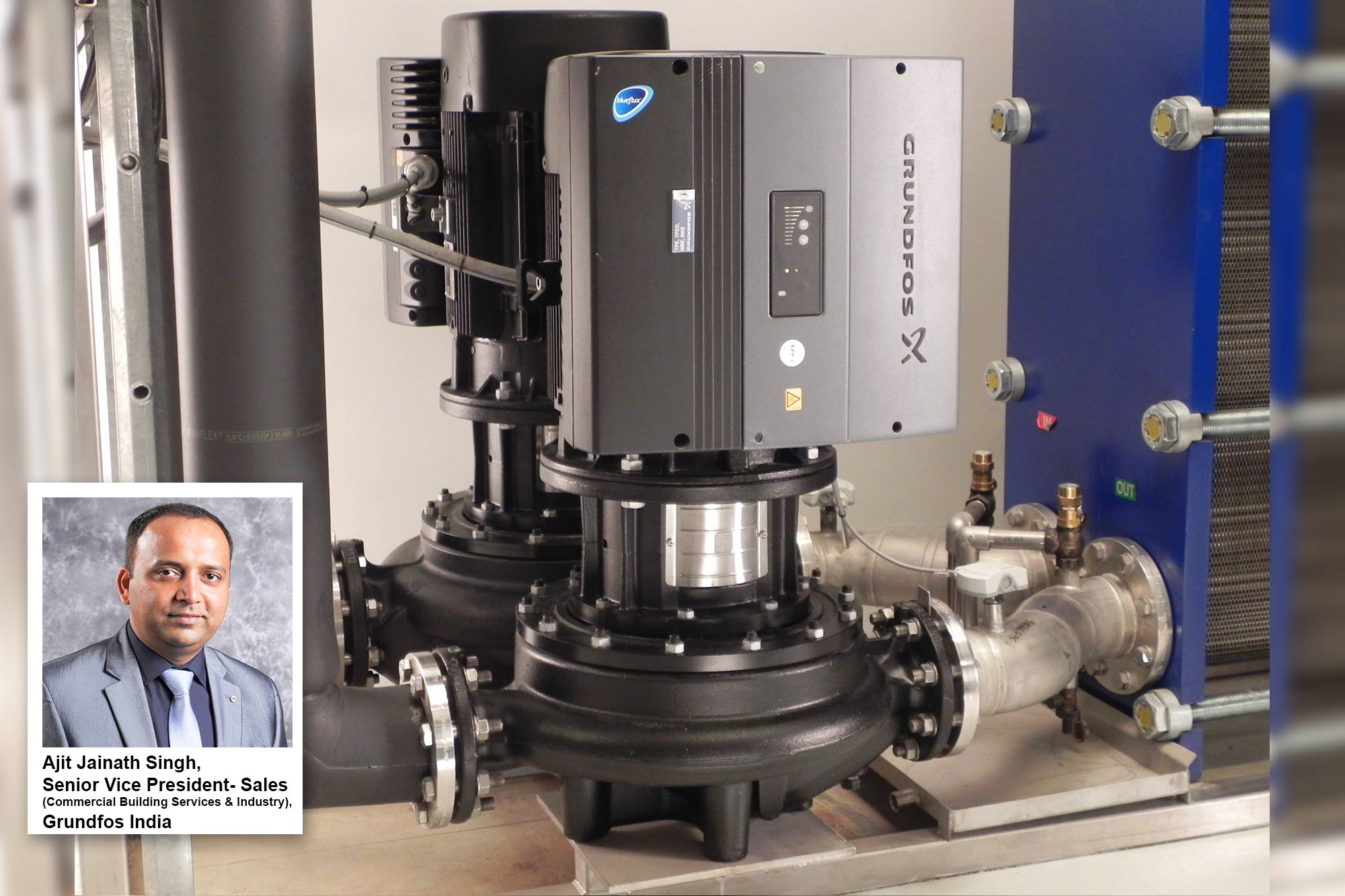
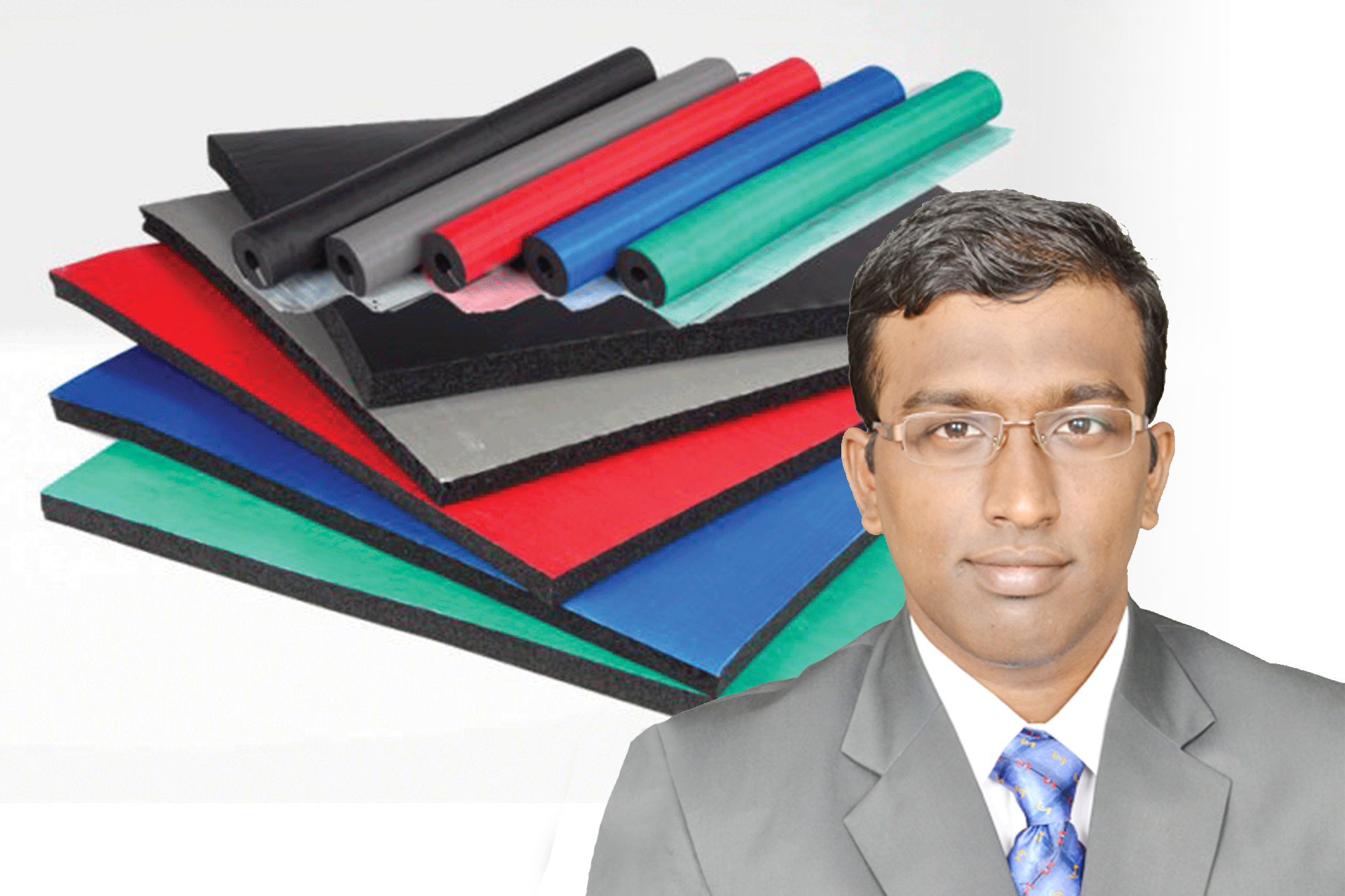


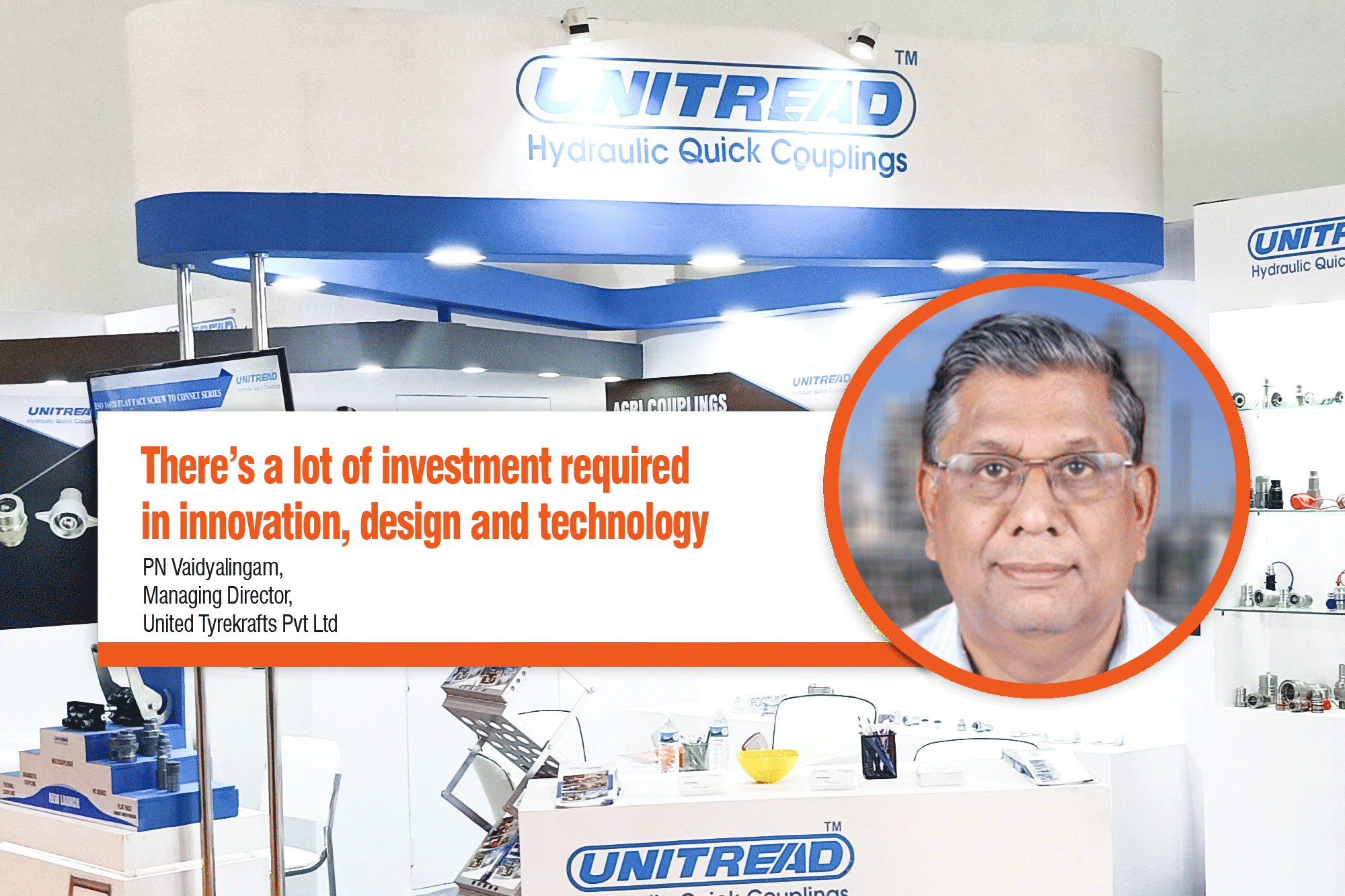




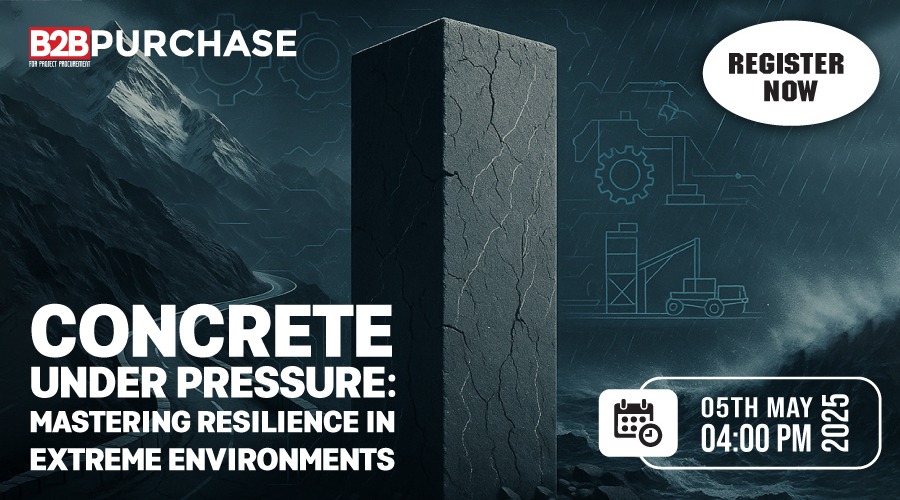
























-20240213125207.png)

























